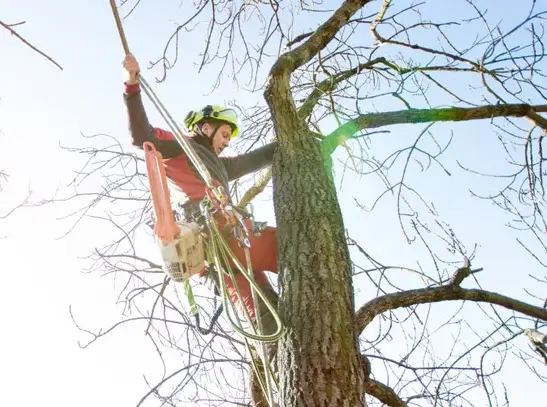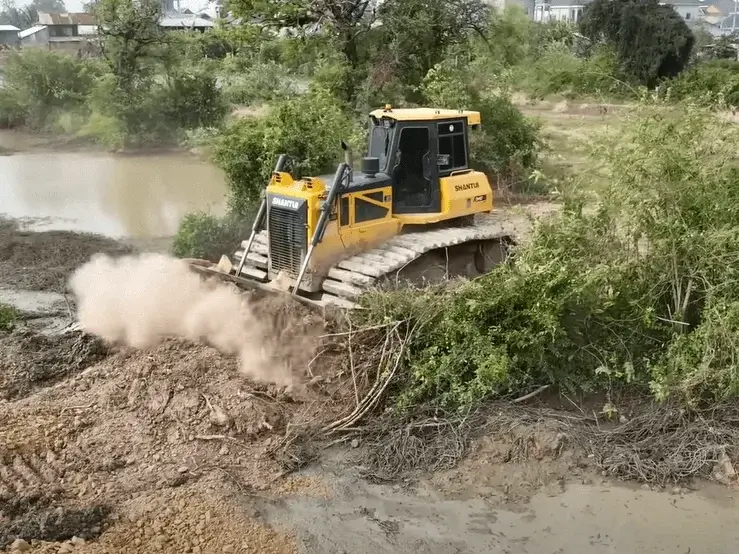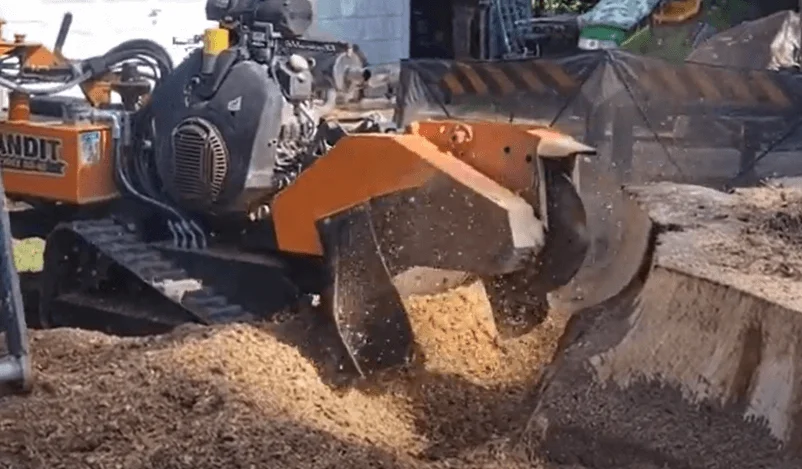Looking for Cabling and Bracing Services?
CT Tree Care: What Makes Our Tree Company so Special?
Connecticut Tree Care will only use safe methods of removing trees from your property. No mess is left behind and we guarantee complete cleanup. You can trust our ISA arborists to do the job exactly how you would like it. To ensure that your property is beautiful, you need expertise. Allow our specialists to handle your cable and bracing issues.
Why Do Trees Need to Be Cabled or Braced?
A tree with poor branching habits, multi-trunked trees, split or cracked branches, poor root system or areas of decay is at high risk for structural collapse. Acorns and fruit from some tree species can cause structural problems. Also, improper pruning can cause structural damage.
Large limbs and trunks can fall onto anything below them if these weak spots fail. Our arborists are licensed and have been trained to perform this type of inspection. Only professional arborists should do tree cabling and bracing.
Trees can become more susceptible to structural failure or change in growth over time. Trees with many stems are the most common. They can develop a cavity from included bark that allows them to touch each other and seem to grow in close proximity. It is here that they nearly always split in a storm.
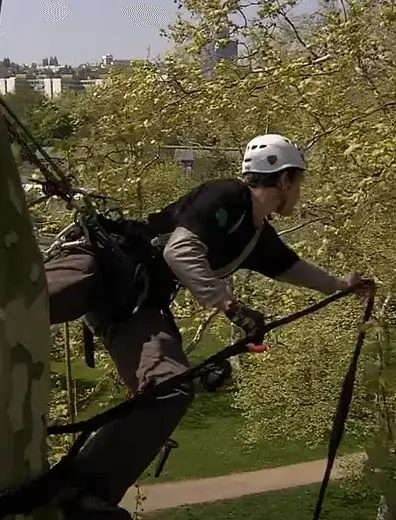
Bracing, and cable are two types of supplementary structures. They help limit the movement of branches or stems that may be in danger of falling during severe weather conditions or when snow loads make it difficult to move them. For proper leverage, cables should be installed about two thirds of the distance from the union into the canopy of trees to keep stems in position.
Trees with poor or problematic architecture, such as trees with significant structural problems, can benefit from additional support via cabling. One example is a tree that attaches tightly to a Vee shape may have codominant roots, making it more likely for them to fail in severe weather conditions such as wind, snow, or even ice.
There are a variety of angles between the two or more limbs, which form a fork within a tree. These can be strong, weak, or susceptible to breaking down or splitting. In tree trunks, structural damage can occur at the fork. High winds are often a factor. It is generally more likely that limbs attached to a larger angle or have a deep U form fork than those with an narrow angle or Vee-shaped fork.
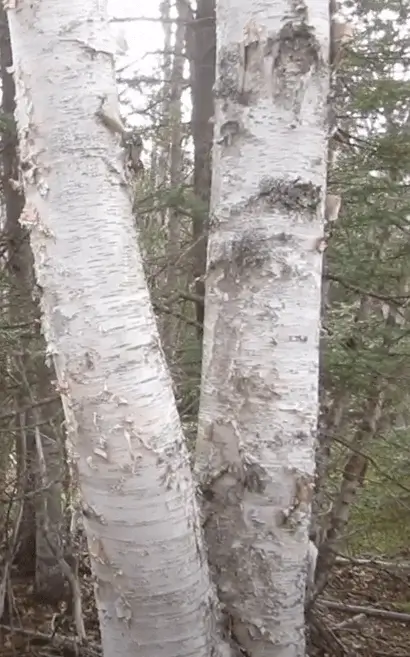
Cabling for Multi-Trunked Trees
If one or more trunks are uprooted, split from another trunk and cause structural problems in multi-trunked shade plants, it is possible for them to fail. Because multi-trunked trees have limited space for root growth, they can be more susceptible to being uprooted.
The one stem that is the most valuable can turn out to be a true gem, while those with more might prove unfeasible. Many reasons can cause trunks to split.
Sometimes bark inclusions cause trunk splits. Bark inclusions can occur when bark is trapped between trunks or branches. Cabling may reduce the chance of failure in some instances.
Cracks and splits may also result from an injury. These injuries can be root cutting, large branch removals, trunk wounds or cold damage.
Tree Cabling Standards
There are specific techniques for installing cabling, but these standards will work in most cases.
In general, cable installation is done at approximately two-thirds the height as a tree.
The standards for tree care must be met by all cabling materials. Home-improvement stores and hardware do not sell materials of sufficient strength to be used in trees.
Extra-strong industry cables are available. They are typically one-eighth inch to one and a half inches in diameter. The cable size will vary depending on how large the limbs are to be cabled and also the size of your tree.
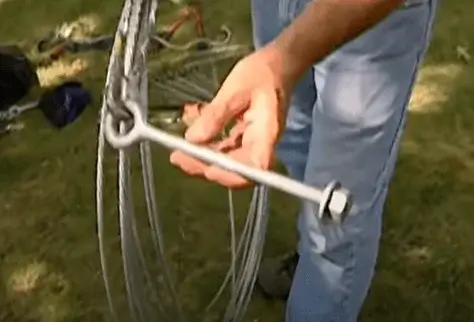
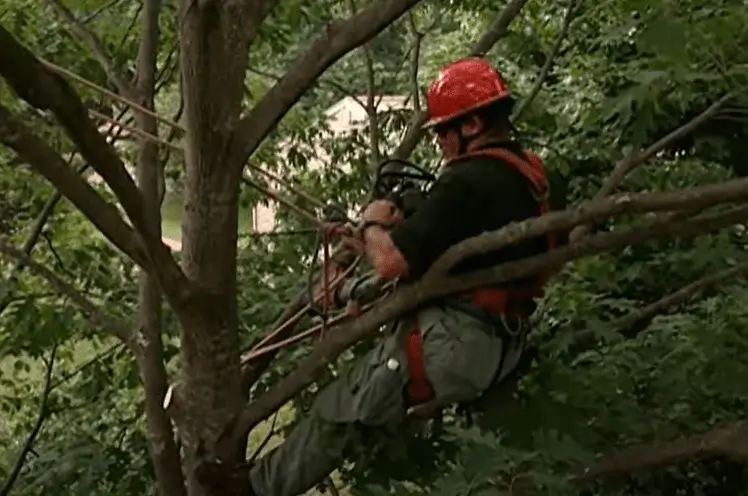

The cables attach to limbs with small- to medium-sized trees using a J lag type bolt. There are a variety of sizes for lag hooks, from one-quarter inch up to five inches. To support large tree branches, you can use a threaded rod to pass through it.
An amon eye setup, which is what holds the cable in place, attaches to the rod and is tightened down with a nut. The drilling of both types is necessary, although it’s better than losing an entire limb.
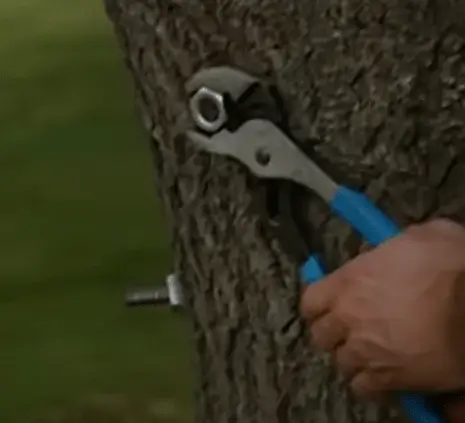
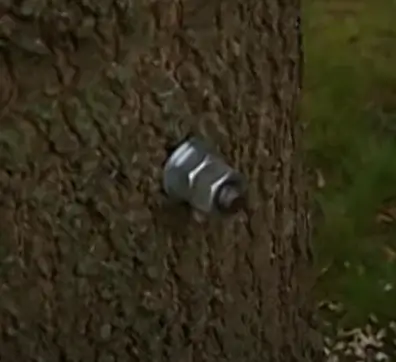
Static or Dynamic Cabling?
Based on the tree in question, either static or dynamic cabling are options.
An static cable is made up of a piece of steel that has been attached to the stems through drilling in each stem. These cables reduce the motion of stems to be supported.
Dynamic cables are a type of woven rope that’s spliced between support branches to wrap around stems.
This type of cabling allows natural movement between the stems but still offers support. You may require more than one cable to ensure proper support.
They can also support very weak codominant limbs or those larger branches that have already begun to fail.
Cable or Brace Your Tired Tree?
Bracing means that a threaded rod is installed through weak branch or stem unions. We may also conduct cabling and bracing within the same tree. Our clients can accept a certain level of risk without having to totally remove a crucial tree.
We may also use crown reduction and structural pruning methods that reduce the strain on stems and unions.
Connecticut Tree Care utilizes a different type of cabling. This involves drilling a half inch hole through the tree for the steel cable.
After that, an aluminum collar is attached to secure the cable. This system is not dependent on lag bolts or thimble cables ends, which can cause rusting and breaking.
The certified Connecticut arborists will assess your tree structure, and provide recommendations on how to install cables or braces according to ANSI A300 standards.
Day in, day out, CT Tree Care is the leader in the tree industry when it comes to dynamic and static cabling procedures on your trees in Connecticut!
Safety and Inspections
Bracing and cables should all be subject to an annual inspection. They will also need replacing approximately every 8-10 years.
With a commitment to customer satisfaction, we provide tree cabling or bracing services. Our service is delivered with honesty and integrity.
We have deep passion for our customers. We are proud of Connecticut’s continued growth and the quality services we offer residential as well commercial customers in each and every county in the Nutmeg State.
Connecticut Tree Care cares about details. We are passionate about every cabling or bracing job. We can’t stress the importance of safety on the job. As previously stated, it’s very easy to get ahold of us right here!
Regular inspections by ISA licensed arborists of tree cables and braces can help to ensure tree cable integrity and safety.
You should inspect them from the ground once a year. Then, go up to canopy level to closely examine the tree with an aerial lift or by physically climbing the tree.
Tree Cable Installation
An ISA arborist will begin by drilling a hole in both the weaker, more bracing tree limb.
Once the cable has been cut, it is threaded through both holes. To ensure stability, the arborist will pull both stems tight together using a pulley.
Tree cables are attached to either the amon eye, lag hook or both using a thimble with dead-end wrapping.
The cables are typically made of high-strength steel and attached to bolts in the tree’s crown.
It is important that the cable tension be right for each application. A winch called a “come along” can help to tension the cables.
Once satisfied, the arborist can set the wire stop and install the finishing cap. A finishing cap is used to cover the ends of sharp wires and give them a nicer appearance.
This product conforms to ANSI A300 standards.
Now the cable has been installed. To ensure that the cable is effective, a certified arborist should inspect it on an annually basis.
This will make sure there are no damages and the tension is correct.

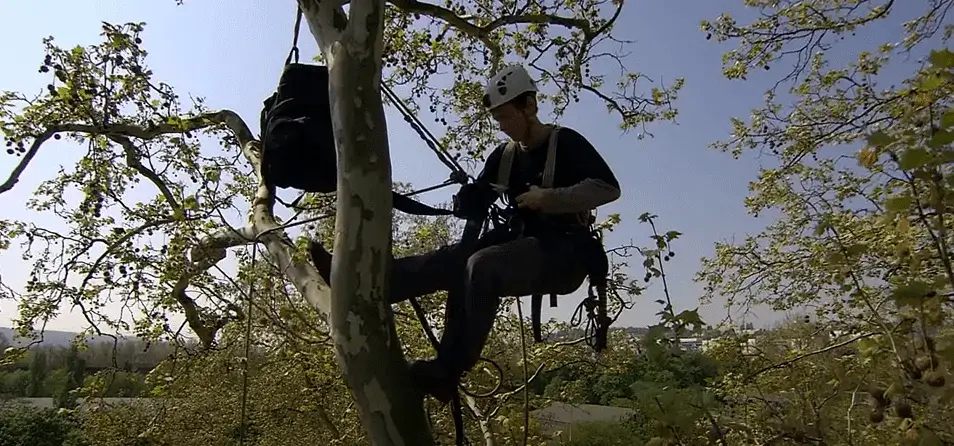
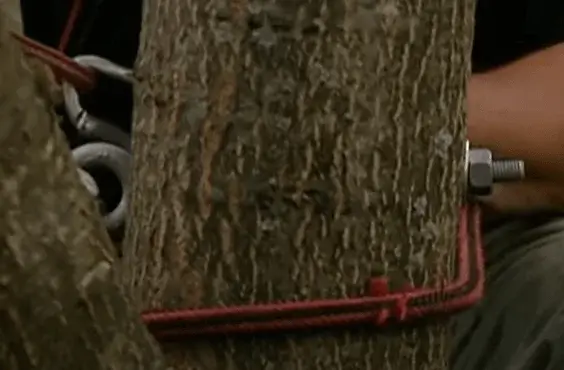

Tree Cabling & Bracing Near Me?
